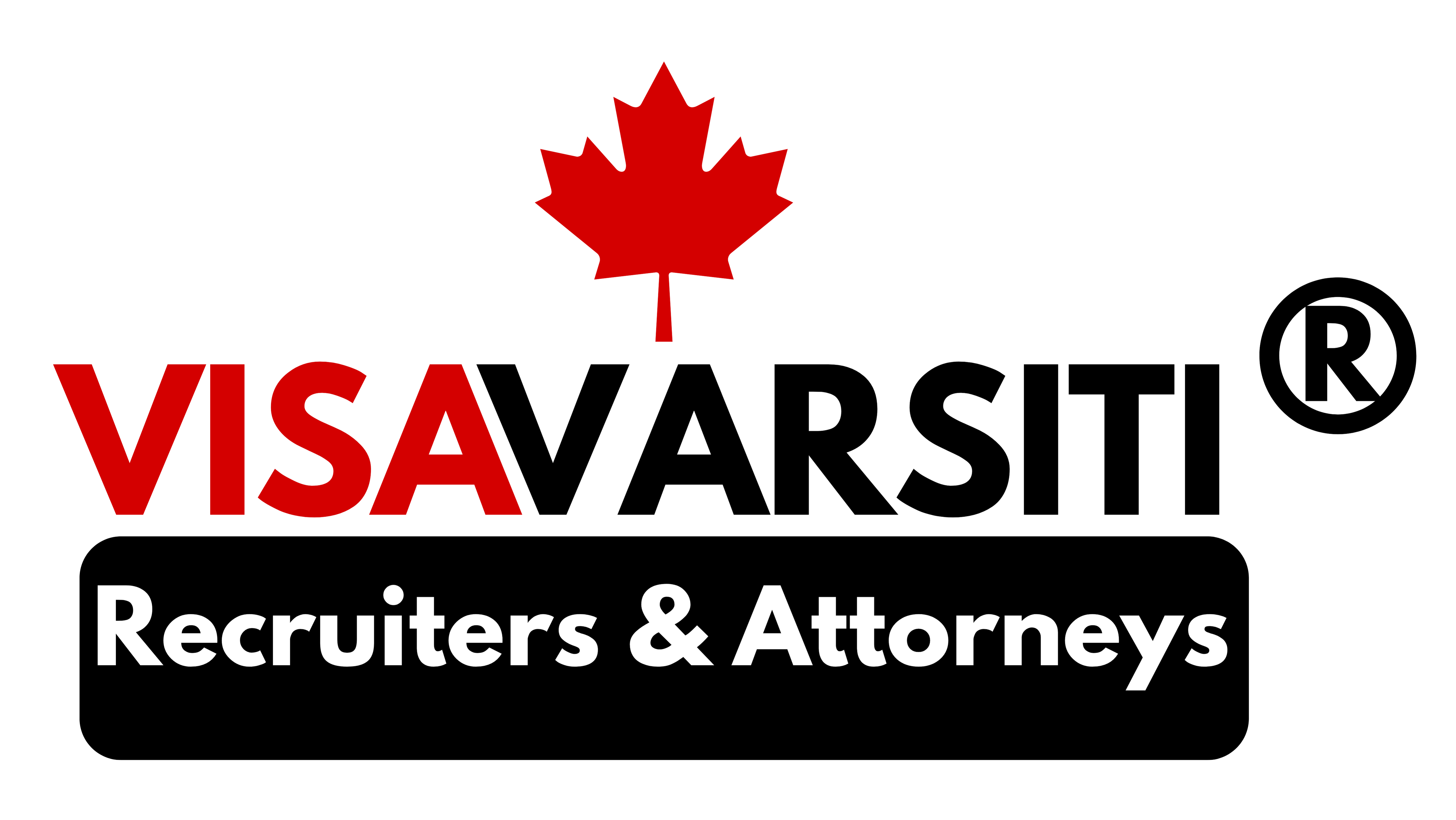As an international student in Canada, setting up a bank account and obtaining a credit card are essential steps to manage your finances and facilitate your day-to-day transactions. Selecting the right bank account and credit card is crucial to ensure convenience, accessibility, and financial security throughout your studies. This article will guide you through the process of choosing the best Canadian bank account and credit card to meet your specific needs as an international student.
1. Research and Compare Bank Account Options:
Before opening a bank account, research and compare different financial institutions in Canada. Consider the following factors:
a. Accessibility and Branch Network:
Choose a bank that has a wide branch and ATM network, especially in the region where you will be studying. This will make it easier to access your funds and conduct in-person transactions when needed.
b. Account Fees:
Compare the fees associated with different bank accounts, such as monthly maintenance fees, transaction fees, ATM fees, and wire transfer charges. Look for accounts that offer low or no fees specifically designed for students.
c. Online and Mobile Banking:
Ensure that the bank offers robust online and mobile banking services, including features like mobile check deposits, bill payments, and fund transfers. User-friendly and secure online banking platforms will simplify your financial management.
d. Overdraft Protection:
Consider opting for an account that provides overdraft protection, which can be useful in case of unexpected expenses or temporary cash flow issues. However, be aware of associated fees and interest rates.
e. Student-Specific Benefits:
Some banks offer special benefits for students, such as fee waivers, discounts on select services, and student-oriented savings programs. Look for these perks to make the most of your banking experience.
2. Consider Credit Card Options:
Having a credit card can be beneficial for building your credit history and managing your expenses. When choosing a credit card as an international student, keep the following points in mind:
a. Eligibility Criteria:
Understand the eligibility requirements for credit card applications, as some cards may require a minimum income or credit history. Look for cards that are accessible to students or those with limited credit history.
b. Annual Fees and Interest Rates:
Compare the annual fees and interest rates associated with different credit cards. Aim for cards with low or no annual fees and competitive interest rates to minimize your costs.
c. Rewards and Benefits:
Consider credit cards that offer rewards programs, such as cashback, travel points, or discounts on specific purchases. Evaluate the rewards and benefits to determine which aligns with your spending habits and preferences.
d. Security Features:
Prioritize credit cards with enhanced security features, such as fraud protection, zero liability for unauthorized transactions, and secure online payment options.
e. Credit Limit:
Ensure that the credit card’s assigned limit suits your needs without being excessively high or low. Responsible credit card usage is important to avoid unnecessary debt.
3. Seek Advice and Assistance:
If you are unsure about the best bank account or credit card options, seek advice from your institution’s international student services office or connect with experienced professionals who can provide guidance based on your specific circumstances.
Conclusion
Choosing the right Canadian bank account and credit card as an international student involves careful consideration of factors such as accessibility, fees, online banking features, benefits, and credit card terms. By conducting thorough research, comparing options, and seeking advice when needed, you can make informed decisions that will simplify your financial management and enhance your overall student experience in Canada.

